How To Clean Pasta Machine
Introduction: Why Cleaning Your Pasta Machine Matters
Cleaning your pasta machine is not just a matter of hygiene; it is crucial for ensuring the machine's performance, longevity, and the quality of your pasta. Over time, flour, dough, and oils can build up in the machine’s crevices, affecting both its efficiency and the texture of your homemade pasta. Regular cleaning keeps the machine in pristine condition, reduces the risk of dough sticking, and maintains the integrity of its essential parts. By incorporating a simple, consistent cleaning routine into your pasta-making process, you will ensure that your pasta machine serves you well for years to come.
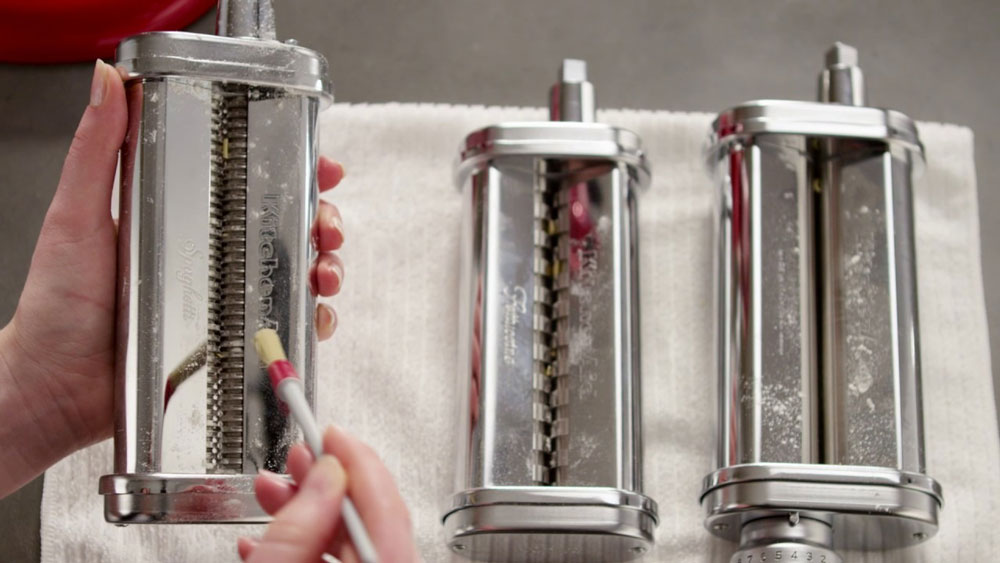
The Importance of Regular Maintenance for Your Pasta Machine
Just like any appliance or tool that sees regular use, your pasta machine needs attention and care to function at its best. Regular maintenance helps preserve the machine’s mechanical components, ensuring they continue to operate smoothly and efficiently. Without proper upkeep, you may encounter issues like dough sticking, uneven rolling, or malfunctioning cutters. This can not only affect your pasta's quality but also lead to costly repairs or even the premature need for a replacement. By dedicating a little time after each use to clean and maintain the machine, you are investing in its durability and your future pasta-making endeavors.
How Cleaning Affects Performance and Longevity
Proper cleaning plays a direct role in both the performance and the longevity of your pasta machine. When dough and flour residues are left to accumulate, they can cause the rollers and cutters to become sluggish, potentially damaging the delicate internal parts. With frequent cleaning, you can prevent these residues from hardening and causing blockages, which could impair the machine’s ability to create smooth, consistent pasta. Regular care also minimizes the buildup of grease or oil that may impact the smooth functioning of the gears and other moving parts. Essentially, cleaning is an investment in the ongoing reliability of your machine, helping you to produce perfect pasta every time.
Understanding Your Pasta Machine: The Essential Parts
Your pasta machine is composed of several key parts, each playing a specific role in the pasta-making process. These include the rollers, cutters, gears, crank, and base. Understanding these components is vital for cleaning and maintenance, as different parts require different methods of care. For instance, the rollers are where dough tends to accumulate, while the cutters can become clogged with pasta fragments. Knowing how to clean each part appropriately ensures that no area is neglected and that your machine continues to perform optimally.
Key Components of a Pasta Machine
The key components of a pasta machine are the rollers, cutters, handle or crank, gears, and the base. The rollers are responsible for flattening the dough to the desired thickness, and the cutters shape the dough into pasta strands. The gears transfer the motion from the crank to the rollers, while the base provides the foundation for the machine to rest upon. While the crank and base are less likely to accumulate dough, they still require periodic cleaning to prevent dust and grease buildup.
Why Each Part Requires Different Care
Each part of the pasta machine plays a unique role, and thus requires different care. The rollers, for example, should be cleaned with a soft brush to remove dough buildup, as using abrasive tools can damage the surface. Cutters need delicate cleaning with a small brush or toothpick to prevent pasta from clogging the slots. The gears and handle should be wiped down to remove grease, while the base can be cleaned with a damp cloth to eliminate any surface dirt or flour.
Before You Start: Safety First
Before diving into the cleaning process, it’s essential to prioritize safety. Although it might seem like a simple task, improper handling of the machine can lead to accidents or damage. Always ensure the machine is turned off and unplugged before beginning any maintenance. It’s also a good idea to check the machine for any dough residues or pasta remnants that may obstruct the cleaning process.
Always Unplug the Machine: Why It's Crucial
Unplugging the machine is crucial for your safety. Even when the machine is off, some parts might still be in motion, especially if the gears or crank have been recently used. This will also prevent accidental engagement of the rollers or cutters, reducing the risk of injury while cleaning. It’s a simple step that ensures you are working in a safe environment.
Checking for Dough Residues and Leftover Pasta
Before you start cleaning, take a moment to check for any dough residues or leftover pasta in the machine. These remnants can hinder the cleaning process, making it harder to remove dirt and grime later. Simply running your fingers along the rollers and cutters will help you identify any stuck dough, allowing you to remove it before beginning the more detailed cleaning steps.
Step 1: Disassemble Your Pasta Machine
To effectively clean your pasta machine, you’ll need to disassemble it. Removing the rollers and cutters ensures that you can clean every corner thoroughly and avoid missing any buildup. Taking off attachments like the crank handle or additional pasta cutters is equally important to ensure that no part is left unattended.
Removing the Rollers and Cutters
Gently remove the rollers and cutters from the machine, being careful not to damage any parts. Some models allow you to slide the rollers off with minimal effort, while others may require unscrewing small bolts. Make sure to set these parts aside on a clean surface to avoid contamination and loss of parts.
Taking Off Attachments and Extra Parts
Attachments such as pasta shaping tools or extra cutters should also be removed before cleaning. These parts are usually made of stainless steel or other delicate materials, so it's important to handle them with care to prevent scratching or bending.
Where to Keep Parts During Cleaning
Keep the disassembled parts on a clean, dry surface, preferably a towel or tray. This not only helps avoid losing any small components but also keeps the parts safe from dust or dirt as you clean the machine.
Step 2: Dry Cleaning the Machine: The Basics
Dry cleaning is the first step in the cleaning process and involves removing visible dough scraps and flour. This process is essential before using any water or cleaning solutions, as it prevents the dough from becoming sticky when mixed with moisture.
Using a Brush for Dough Scraps
A soft brush is the best tool for removing loose dough and flour from the rollers, cutters, and other parts. A pastry brush, for instance, works well to dislodge stubborn dough scraps. Always use gentle strokes to avoid damaging the machine's surfaces.
Why You Should Avoid Using Water at First
Water can mix with flour and dough, turning into a sticky paste that can make cleaning harder. It's best to avoid using water in the initial cleaning phase to prevent this issue.
Cleaning the Rollers with a Soft Cloth
After brushing off the bulk of the dough, use a soft cloth to wipe down the rollers. This will help remove any remaining flour and prevent it from accumulating during the next batch of pasta making.
Step 3: Using a Toothbrush or Small Brush for Precision
Some areas of the pasta machine are difficult to reach with a regular brush, and for these tight spaces, a toothbrush or small precision brush is ideal.
How to Get Into the Tight Spots
The crevices where the rollers meet the base and the small gaps in the cutters are prime areas where dough can get stuck. A toothbrush, with its finer bristles, allows you to reach these spots and clean them thoroughly without damaging the machine.
Best Brushes to Use for Pasta Machines
A soft-bristled toothbrush is the perfect tool for cleaning a pasta machine. Avoid using brushes with stiff bristles, as they can scratch the metal surfaces of the machine, potentially leading to corrosion or wear over time.
Benefits of Using a Soft Brush vs. Hard Bristles
Soft brushes are gentle on delicate parts and help prevent scratches that could weaken the machine. They also work well to dislodge debris without forcing the dough deeper into cracks and crevices.
Step 4: Cleaning the Rollers: Techniques and Tips
Cleaning the rollers is one of the most important steps in maintaining a pasta machine. Improper cleaning can result in dough sticking to the rollers or inconsistent pasta thickness.
Wiping Down the Rollers Without Damaging the Surface
Always use a soft, lint-free cloth when wiping the rollers. Be gentle, as applying too much pressure or using rough materials can scratch or damage the roller’s surface, which could cause uneven pasta.
How to Safely Remove Dough Build-Up
If there is hardened dough on the rollers, use a small plastic scraper or a soft cloth to gently remove it. Avoid using metal scrapers, as these can damage the rollers.
Using a Damp Cloth vs. Wetting the Rollers
When wiping the rollers, always use a damp cloth rather than soaking them. Excess moisture can seep into the machine’s inner components, causing rust or other issues. A damp cloth is sufficient to remove any residual flour or dough without causing harm.
Must-Read Blogs For Chain Restaurants Owner








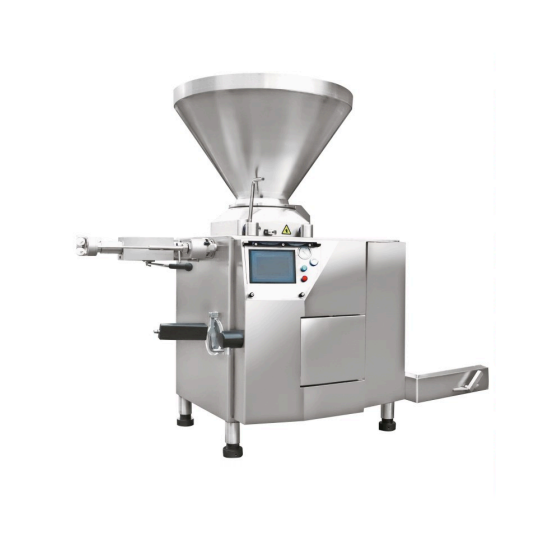
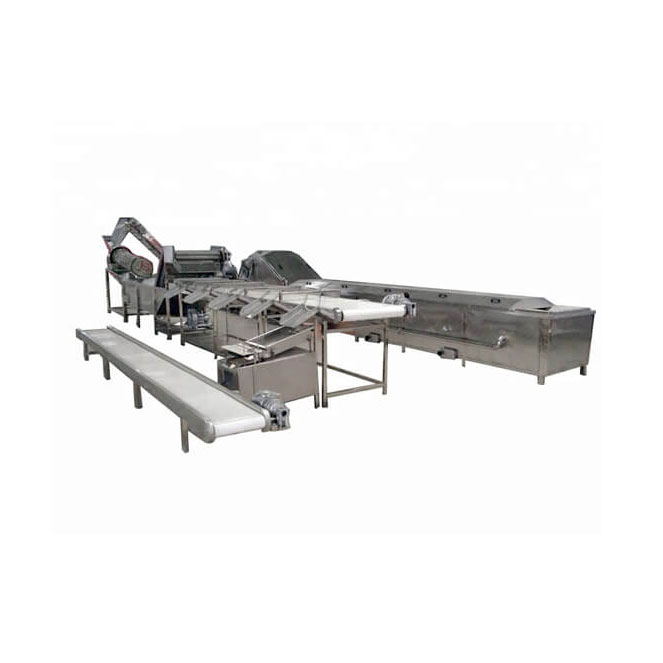
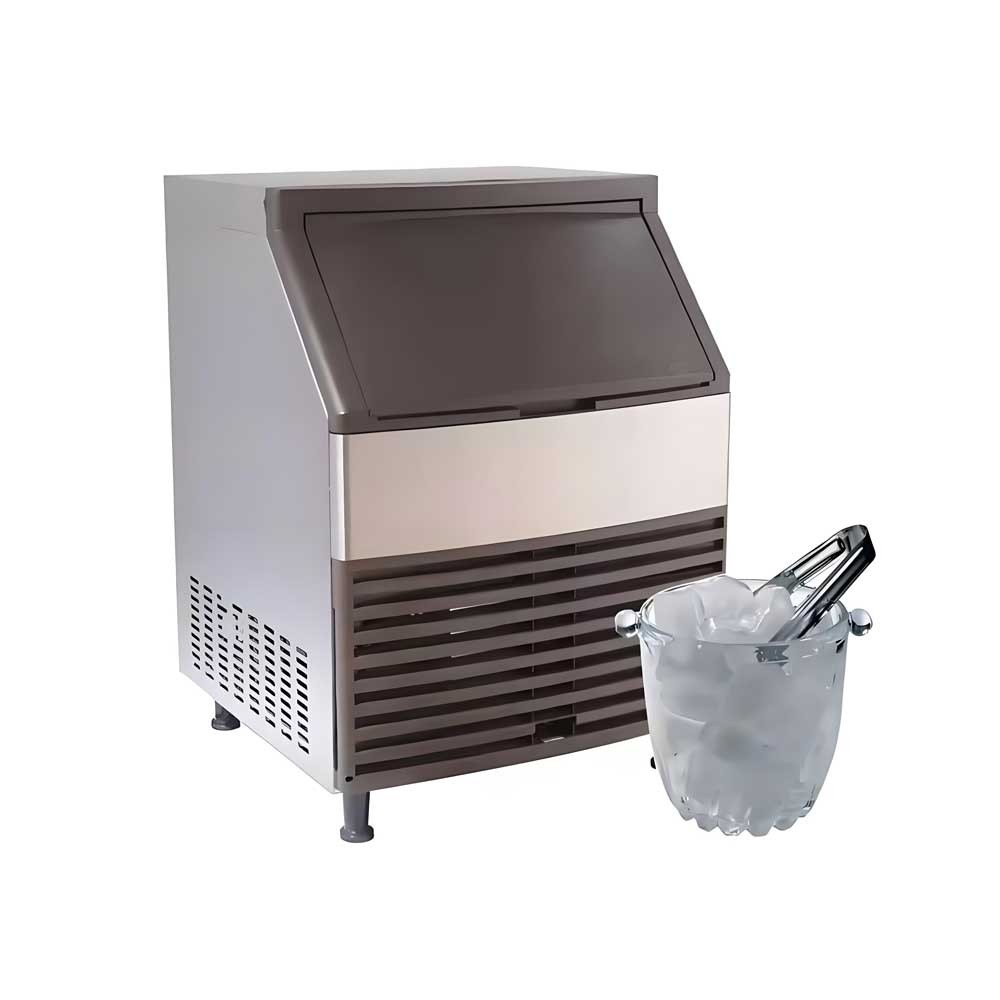
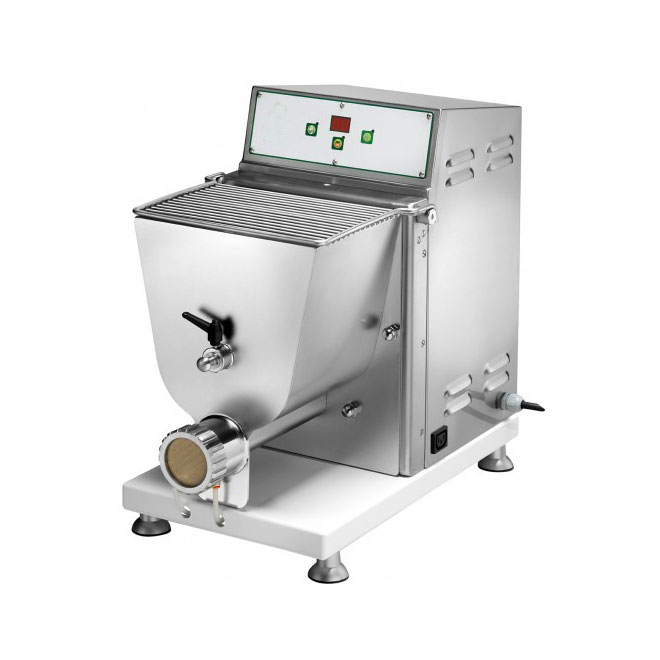 Pasta Machine
Pasta Machine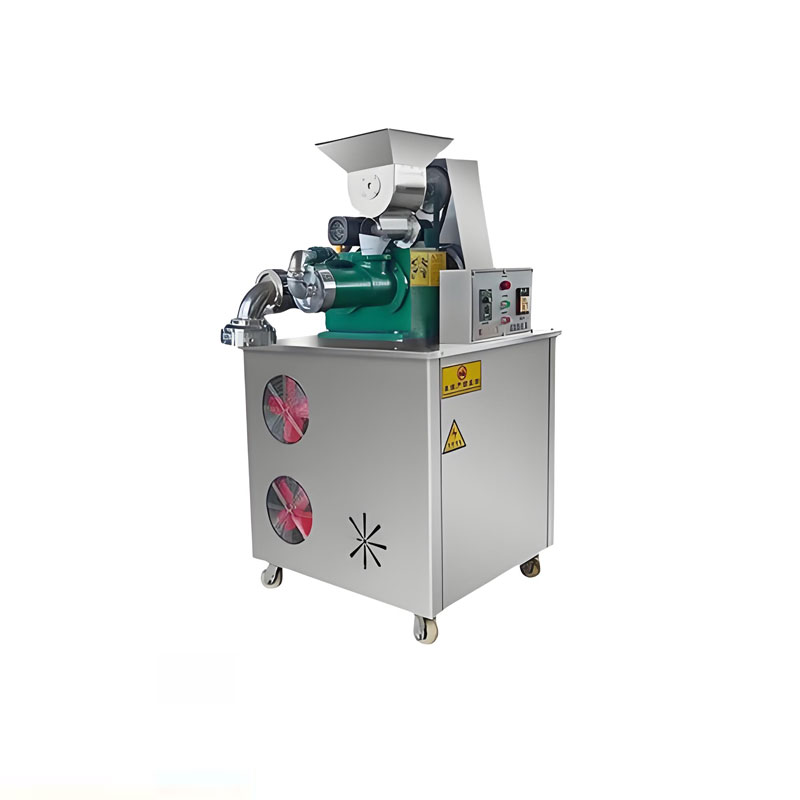 Multifunction Pasta Machine
Multifunction Pasta Machine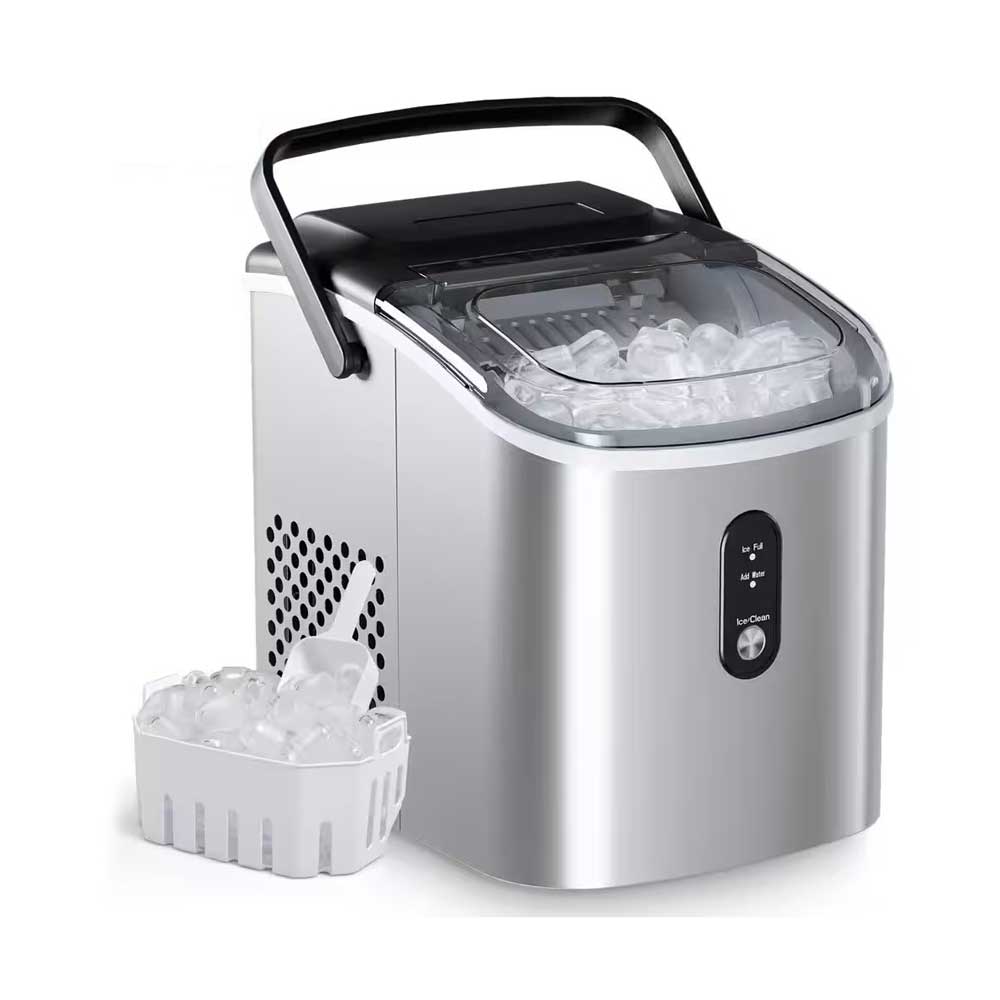 Portable Flake Ice Machine
Portable Flake Ice Machine
Ready to Get Started?